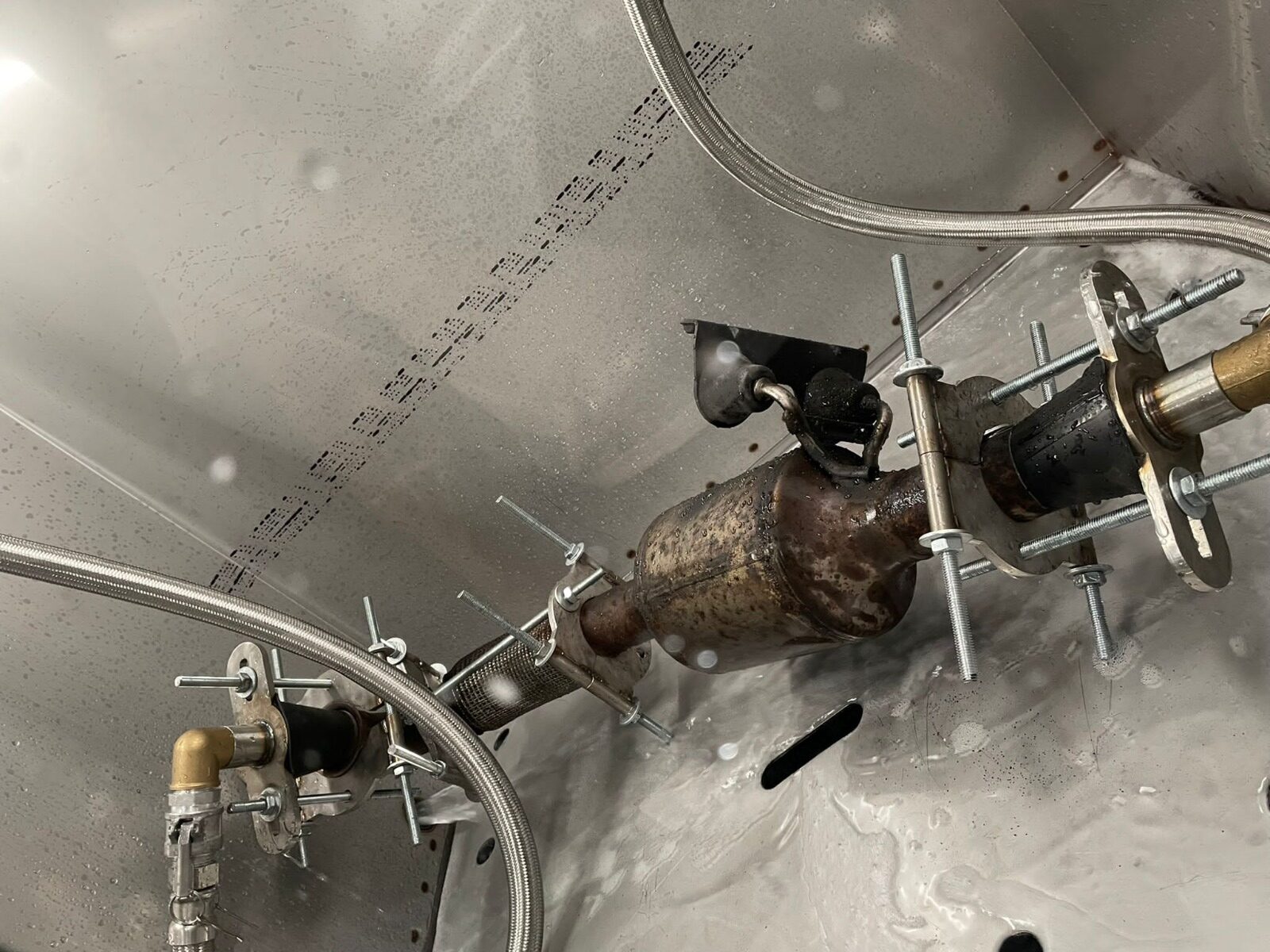Address
304 North Cardinal St.
Dorchester Center, MA 02124
Work Hours
Monday to Friday: 7AM - 7PM
Weekend: 10AM - 5PM
Address
304 North Cardinal St.
Dorchester Center, MA 02124
Work Hours
Monday to Friday: 7AM - 7PM
Weekend: 10AM - 5PM

A clogged DPF filter is one of the most common issues in diesel cars. When the filter no longer passes exhaust gases properly, the vehicle loses power, fuel consumption rises, and the DPF warning light or a “Check Anti-Pollution” message appears on the dashboard. In this article, we explain how to recognize the symptoms of a clogged DPF filter, what they mean, and how to respond correctly before the exhaust system is damaged.

Symptoms of a clogged DPF can appear gradually, but the sooner you recognize them, the better the chance to save the filter without replacement. Watch for the following warning signs:
Any of these symptoms indicate the filter needs diagnosis. In modern cars, the system may also limit engine power to prevent further damage.
Many drivers ignore the DPF light, which eventually leads to more serious failures. Driving with a blocked filter can cause:
This is why you shouldn’t ignore the symptoms and should diagnose the cause as soon as possible. Often, thorough cleaning is enough to restore full performance.
If the DPF light comes on, it doesn’t necessarily mean a failure. First, take the following steps:
Avoid using random chemical agents in large amounts – they can damage sensors and the catalyst. Effective, safe cleaning should be done under the control of professional equipment.
If the filter is heavily clogged and won’t respond to regeneration, the best solution is hydrodynamic cleaning. This process flushes the filter with high-pressure water from both sides of the channels, removing both soot and ash.
Professional shops use equipment such as MDM-1B with 2HYDRO technology – two-sided flushing with flow control, pressure testing, and drying up to 150°C. This restores up to 98% of the filter’s original flow capacity, and the process is completely safe for the ceramic substrate.

The 2HYDRO technology used in the MDM-1B also enables before-and-after flow tests and a printed report of the results. That’s your assurance the filter performs like new after regeneration.
For long-lasting DPF performance, follow these rules:
If your filter needs thorough cleaning, choose a proven technology. A service using the MDM-1B restores flow and factory-level parameters, delivering long-term results without risking damage.
Symptoms of a clogged DPF filter are warnings you shouldn’t ignore. Loss of power, higher fuel consumption, or a DPF warning light are early signs the system needs attention. Quick action and professional cleaning—ideally using 2HYDRO technology on an MDM-1B machine—help avoid costly replacement and restore full filter performance for the long term.